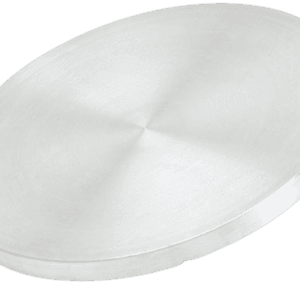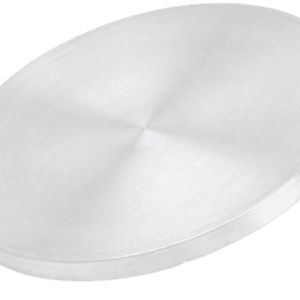Holmium Sputtering Target Description

Holmium Sputtering Target Specification
| Material Type | Holmium |
| Symbol | Ho |
| Color/Appearance | Silvery White, Metallic |
| Melting Point | 1,474°C |
| Density | 8.8 g/cc |
| Thermal Conductivity | 16 W/m.K |
| Coefficient of Thermal Expansion | 11.2 x 10-6/K |
| Available Sizes | Dia.: 2.0″, 3.0″, 4.0″, 5.0″, 6.0″ Thick: 0.125″, 0.250″ |
We also offer other customized shapes and sizes of the sputtering targets; please Contact Us for more information.
Holmium Sputtering Target Application
- The holmium sputtering target is used for thin film deposition. Holmium is also utilized as a dopant in glass and optical fibers.
Handling Notes
- Bonding services for holmium sputtering targets are currently unavailable.
- Due to its high chemical reactivity, holmium sputtering targets require oil packaging and thorough cleaning to prevent environmental reactions.
Packing
Our Holmium Sputtering Targets are clearly tagged and labeled externally to ensure efficient identification and quality control. We take great care to prevent any damage during storage and transportation.
Get Contact
TFM offers Holmium Sputtering Targets in various forms, purities, sizes, and prices. We specialize in high-purity thin film deposition materials with optimal density and minimal grain sizes, which are ideal for semiconductor, CVD, and PVD applications in display and optics. Contact Us for current pricing on sputtering targets and other deposition materials that are not listed.





Reviews
There are no reviews yet.